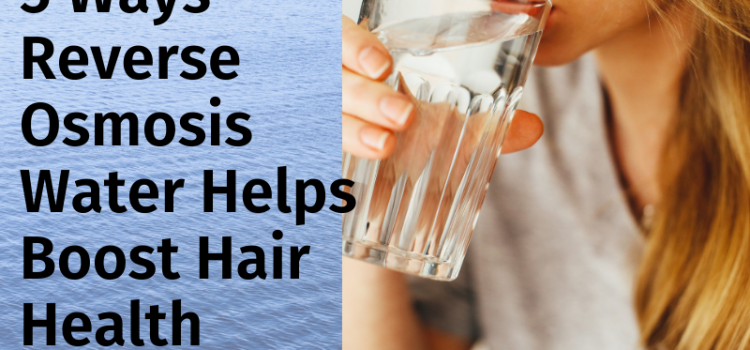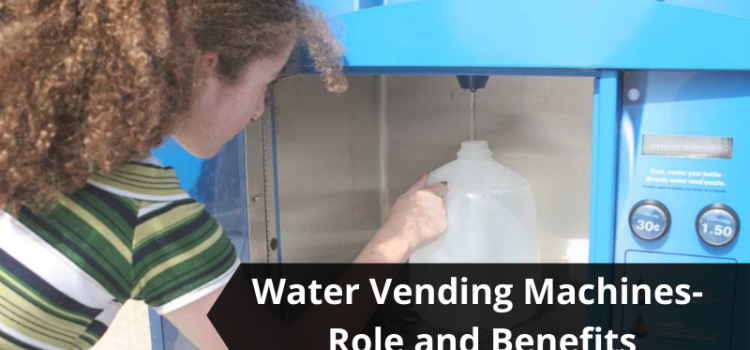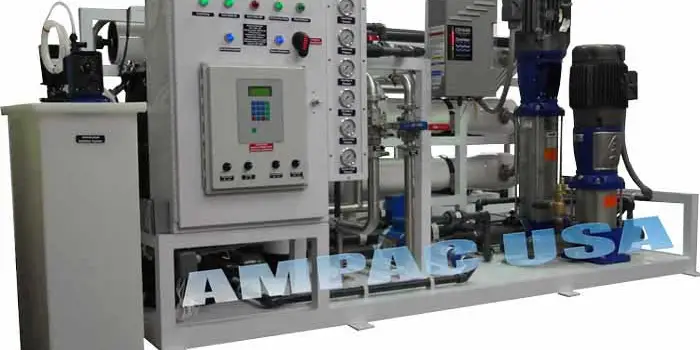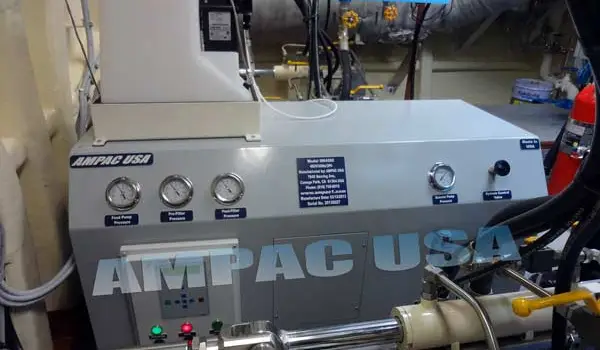The Journal of Nutrition, Volume 152, Issue 5, May 2022, Pages 1263–1273, https://doi.org/10.1093/jn/nxac017
ABSTRACT
In the United States, problems with the provision of safe, affordable water have resulted in an increasing number of adults who avoid their tap water, which could indicate underlying water insecurity. Dietary recalls provide critical nutritional surveillance data, yet have been underexplored as a water insecurity monitoring tool.
This article aims to demonstrate how water intake variables from dietary recall data relate to and predict a key water insecurity proxy, that is, tap water avoidance.
Using 2005–2018 NHANES data from 32,329 adults, I examine distributions and trends of mean intakes of total, plain (sum of tap and bottled water), tap, and bottled water, and percentage consuming no tap and exclusive bottled water. Second, I use multiple linear and logistic regressions to test how tap water avoidance relates to plain water intake and sugar-sweetened beverage (SSB) consumption. Next, I use receiver operating characteristics (ROC) curves to test the predictive accuracy of no plain water, no tap, and exclusive bottled water intake, and varying percentages of plain water consumed from tap water compared with tap water avoidance.
Trends indicate increasing plain water intake between 2005 and 2018, driven by increasing bottled water intake. In 2017–18, 51.4% of adults did not drink tap water on a given day, whereas 35.8% exclusively consumed bottled water. Adults who avoided their tap water consumed less tap and plain water, and significantly more bottled water and SSBs on a given day. No tap intake and categories of tap water intake produced 77% and 78% areas under the ROC curve in predicting tap water avoidance.
This study demonstrates that water intake variables from dietary recalls can be used to accurately predict tap water avoidance and provide a window into water insecurity. Growing reliance on bottled water could indicate increasing concerns about tap water.
The post Using Water Intake Dietary Recall Data to Provide a Window into US Water Insecurity appeared first on Facts About Water.
Source: Water Feed


















